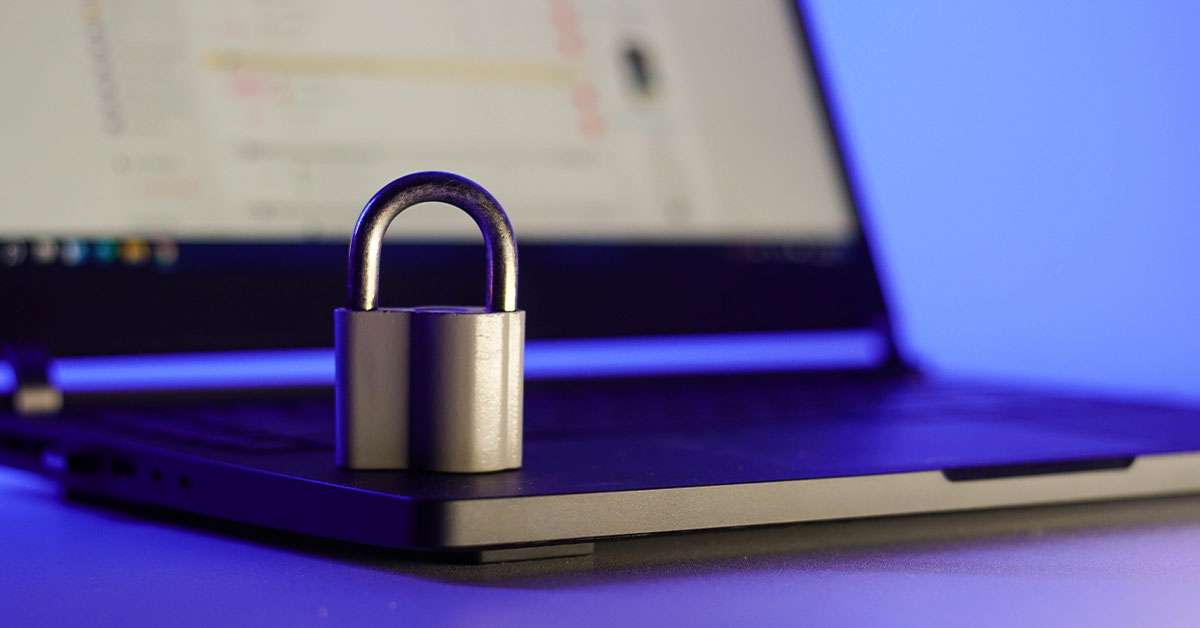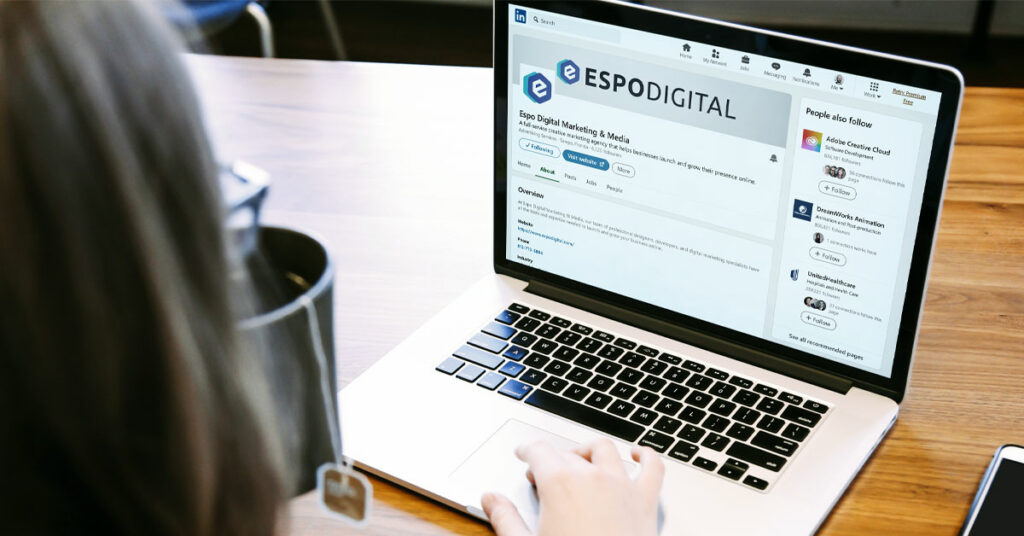In the digital age, website security is a top priority for businesses and users alike. Ensuring the safety of sensitive data and protecting your site from cyberattacks is critical to maintaining user trust and preserving your online reputation. At Espo Digital Marketing, we understand the importance of website security and have put together a comprehensive guide with 15 essential steps to help you secure your site, making it a safe and reliable destination for your users.
Embrace HTTPS for Secure Communication
Invest in an SSL (Secure Sockets Layer) certificate to enable HTTPS on your website. This encryption protocol protects data transmitted between your server and the user’s browser, safeguarding sensitive information and building trust with your users. Implementing HTTPS also benefits your site’s SEO, as search engines like Google prioritize secure sites in their rankings.
Keep Your Software and Plugins Updated
Regularly update your server, website platform, plugins, and dependencies to patch known security vulnerabilities. Timely updates can reduce your site’s risk of being compromised. Ensure that you follow the developers’ recommendations and guidelines for applying updates, as some may require specific steps or precautions.
Encourage Strong Passwords and Implement Two-Factor Authentication
Promote the use of unique, strong passwords for your users and implement two-factor authentication (2FA) for an added layer of security. By combining something the user knows (their password) with something they possess (such as a mobile device), 2FA makes it much harder for unauthorized individuals to gain access to user accounts.
Use Secure User Authentication Practices
Store passwords securely with proper hashing algorithms (e.g., bcrypt, Argon2) and salting to protect user credentials. These techniques help ensure that even if your database is compromised, attackers will have a difficult time decrypting the stored passwords. Educate users on the importance of unique passwords and the risks of password reuse across multiple platforms.
Harden Your Server
Disable unnecessary services, enable a firewall, and utilize network-level security measures like intrusion detection and prevention systems (IDS/IPS) to secure your server. Implementing these measures will minimize the attack surface and help protect your website from various types of attacks, such as DDoS (Distributed Denial of Service) attacks, which can disrupt your site’s availability.
Validate and Sanitize User Input
Prevent attacks like SQL injection and cross-site scripting (XSS) by sanitizing and validating all user input on your website. By filtering user input and applying strict validation rules, you can minimize the risk of malicious data being injected into your site, which could lead to data breaches or other security incidents.
Control File Uploads
Restrict file uploads by limiting file types and sizes, and ensure write permissions on the server are appropriately secured. By controlling file uploads, you reduce the likelihood of attackers uploading malicious files that can compromise your site or server. Implement server-side validation and virus scanning on uploaded files to further enhance security.
Implement Secure Session Management
Use secure session IDs, enable secure cookies, and set session timeouts to protect user sessions. These measures help ensure that unauthorized users cannot hijack or eavesdrop on active sessions, maintaining the confidentiality and integrity of user data during their interactions with your site.
Safeguard Your Database
Limit database access, enforce strong authentication, and encrypt sensitive data at rest to secure your website’s database. Implementing these measures will make it more challenging for attackers to access, modify, or exfiltrate your data, protecting your users and your business from the potential consequences of a data breach.
Monitor and Test Your Website Regularly
Perform security audits, vulnerability scans, and penetration tests to identify and fix potential security issues in a timely manner. Regular monitoring and testing will help you stay one step ahead of cybercriminals and ensure that your website’s security measures are effective. It is essential to establish a routine for these activities and to act on any findings promptly.
Apply the Principle of Least Privilege
Limit user access rights and permissions to the minimum necessary for them to perform their tasks, reducing potential security risks. This principle ensures that users cannot access or modify sensitive information outside their responsibilities, minimizing the potential damage in case of a compromised account or malicious insider.
Set Up a Content Security Policy (CSP)
Implement a CSP to restrict the sources of content that can be loaded by a browser, reducing the risk of cross-site scripting and other code injection attacks. A well-configured CSP can help prevent attackers from exploiting vulnerabilities in your site’s code or injecting malicious content, further enhancing your website’s security.
Practice Proper Error Handling
Ensure your website does not expose sensitive information through error messages, and provide users with helpful yet secure feedback. Proper error handling prevents attackers from gaining valuable information about your site’s structure, vulnerabilities, or database, making it harder for them to plan and execute attacks.
Maintain Regular Backups
Back up your website data regularly and store it securely to recover from attacks or data loss. Having a robust backup strategy in place ensures that you can quickly restore your site to its normal state after a security incident, minimizing downtime and potential revenue loss.
Stay Informed and Adapt
Keep up-to-date on the latest security vulnerabilities, trends, and best practices to ensure your website remains secure. By staying informed, you can proactively address emerging threats and adapt your security measures accordingly. Subscribe to security newsletters, follow industry blogs, and participate in online forums to stay in the loop.
BONUS: Hire Espo Digital Marketing!
Website security is a crucial aspect of maintaining a successful online presence. By following these 15 essential steps provided by Espo Digital Marketing, you can significantly enhance the security of your site and protect your users’ data. Don’t take chances with your website’s security – be proactive and stay informed to keep your site safe from cyber threats. Trust the experts at Espo Digital Marketing to help you build and maintain a secure and successful online presence.





